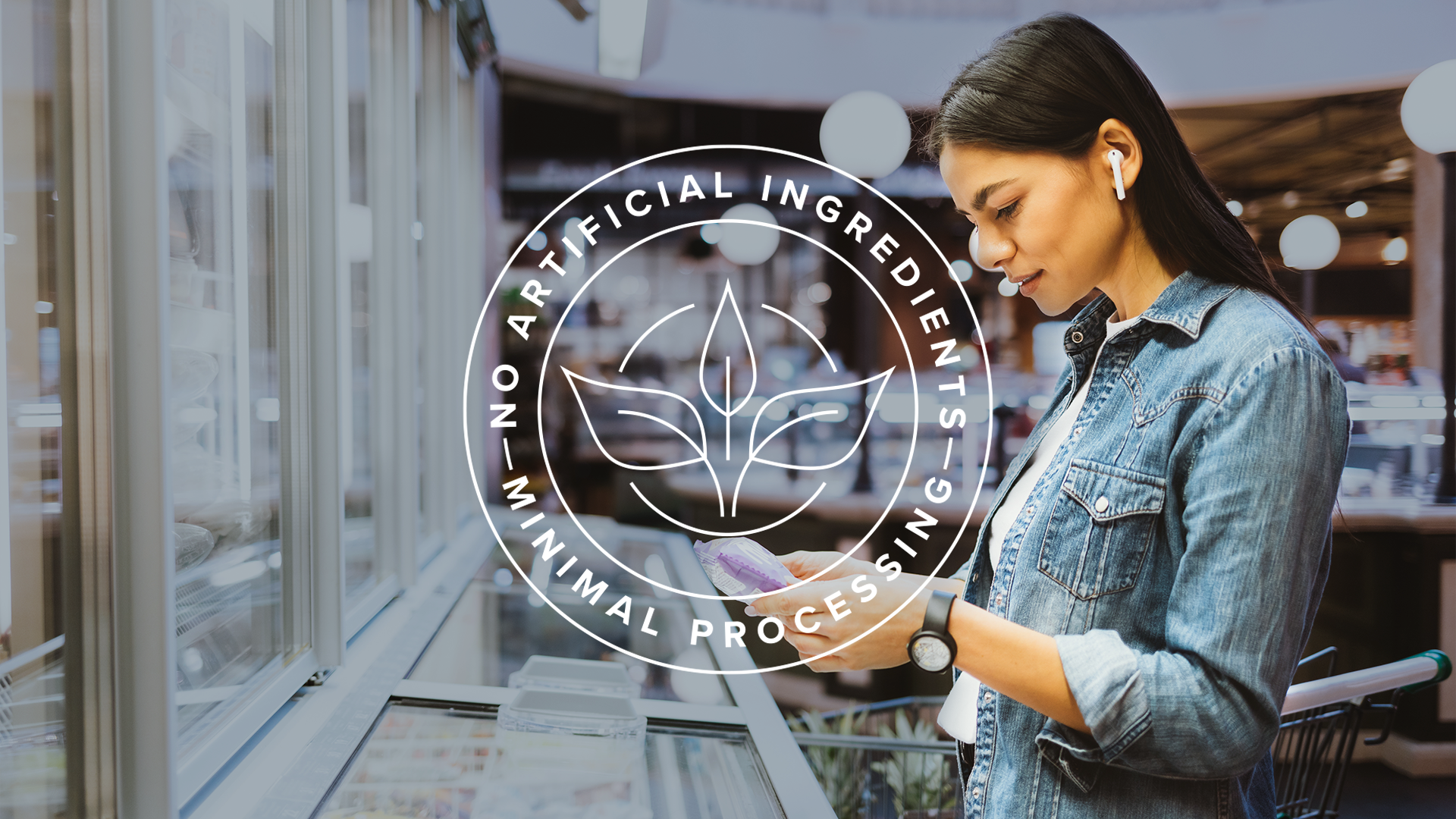Edible insects have all the makings of a smash hit in the alternative protein sector. Insect protein is nutritious—a good source of essential minerals—and sustainable, too. It requires significantly less land and water to produce than conventional livestock and can be raised on organic waste from food processing.
The big problem? U.S. consumers might not want to eat bugs.
What would it take for edible insects to become a popular protein in the U.S.? The Food Institute tapped Alexandra Kazaks, PhD, RDN from the Institute of Food Technologists’ Nutrition Division, to consider this question.
Overcoming Bug-Related Barriers
“In many parts of the world, entomophagy—the practice of eating insects—is a well-established tradition,” said Kazaks. “However, in the United States, most people view insects as pests or carriers of diseases, and the thought of eating them is met with skepticism, repulsion, and a considerable ‘ick’ factor.”
It’s true—many U.S. consumers are grossed out by the thought of eating insects. Mainly because it’s a significant departure from the taste, texture, and appearance of the foods they’re used to. This feeling is akin to neophobia—a fear of the unfamiliar or unknown—and often creates an aversion to new foods.
“To address this unfamiliarity, it would be helpful to introduce insect-based products in a way that is not intimidating and emphasizes their nutritional benefits, their potential as versatile, inconspicuous ingredients in food products,” explained Kazacks.
But beyond the intimidation factor, safety is another chief concern for many American consumers, especially because people often associate insects with the spread of disease. However, just like any other protein, insects are completely safe to eat when raised in a sanitary environment, and according to Kazaks, can be even safer than conventional livestock.
One caveat is that consumers who are allergic to crustaceans should steer clear of insect protein. “Prioritizing allergen labeling related to edible insects is essential for building consumer confidence,” said Kazaks.
Insect Intrigue Among U.S. Consumers
“Market research shows that there is a growing curiosity about insect-based protein products among some consumers,” explained Kazaks. “This is driven by factors like sustainability and health consciousness.”
To illustrate where consumers currently stand on the subject, Kazaks shared findings from a recent study of U.S. adults which assessed their acceptance of mealworms as an edible insect, as well as their previous experience with insect protein.
Again, because familiarity breeds acceptance, prior exposure to insect protein significantly impacted consumers’ comfortability with mealworms. “Those who had previously consumed insects showed higher willingness to buy mealworm products,” said Kazaks. And notably, “more than one third of participants had eaten insects.”
Age was another big determinant of how consumers felt about edible insects. “Younger adults had significantly higher willingness to buy than adults aged 35 or older,” Kazaks explained. This could signal that insect protein will continue to gain acceptance in the U.S. as younger consumers grow into their buying power—but only time will tell.
It is also worth noting that mealworm protein was most appealing when served in protein bars and restaurant dishes, indicating two potential entry points on the path to consumer adoption. “The opportunity for familiarity and exposure is increasing as there is growth of new products featuring insects in the marketplace, and [edible insects are] featured in trendy restaurants across the country,” said Kazaks.
Edible Insects as Future Food
“Insect products show promise in the U.S., but industry adaptability to changing consumer preferences and regulations is crucial to realize their potential,” Kazaks said.
The U.S. Food and Drug Administration (FDA) has made some progress establishing regulations for insect-based food products, but much is still left open to interpretation. Presently, insect protein falls under the umbrella of the FDA’s general human and animal food regulations. The regulatory organization has commented that “bugs/insects are considered food if that is the intended use.”
“As these regulations become more defined and standardized, it will create a more stable and predictable environment for producers, encouraging further growth in the industry,” noted Kazaks. “The right mix of innovation, education, and policy support can help achieve a more sustainable and diverse food future.”
And the sustainable nature of insect protein could end up being the key to consumer adoption over time. “As concerns about the environmental impact of food production grow, more companies and entrepreneurs are likely to invest in insect farming,” said Kazaks.
“In a world where consumers are increasingly receptive to exploring a variety of food sources, insect products are positioned to claim a substantial presence alongside plant-based and cell-based alternatives,” she said.











